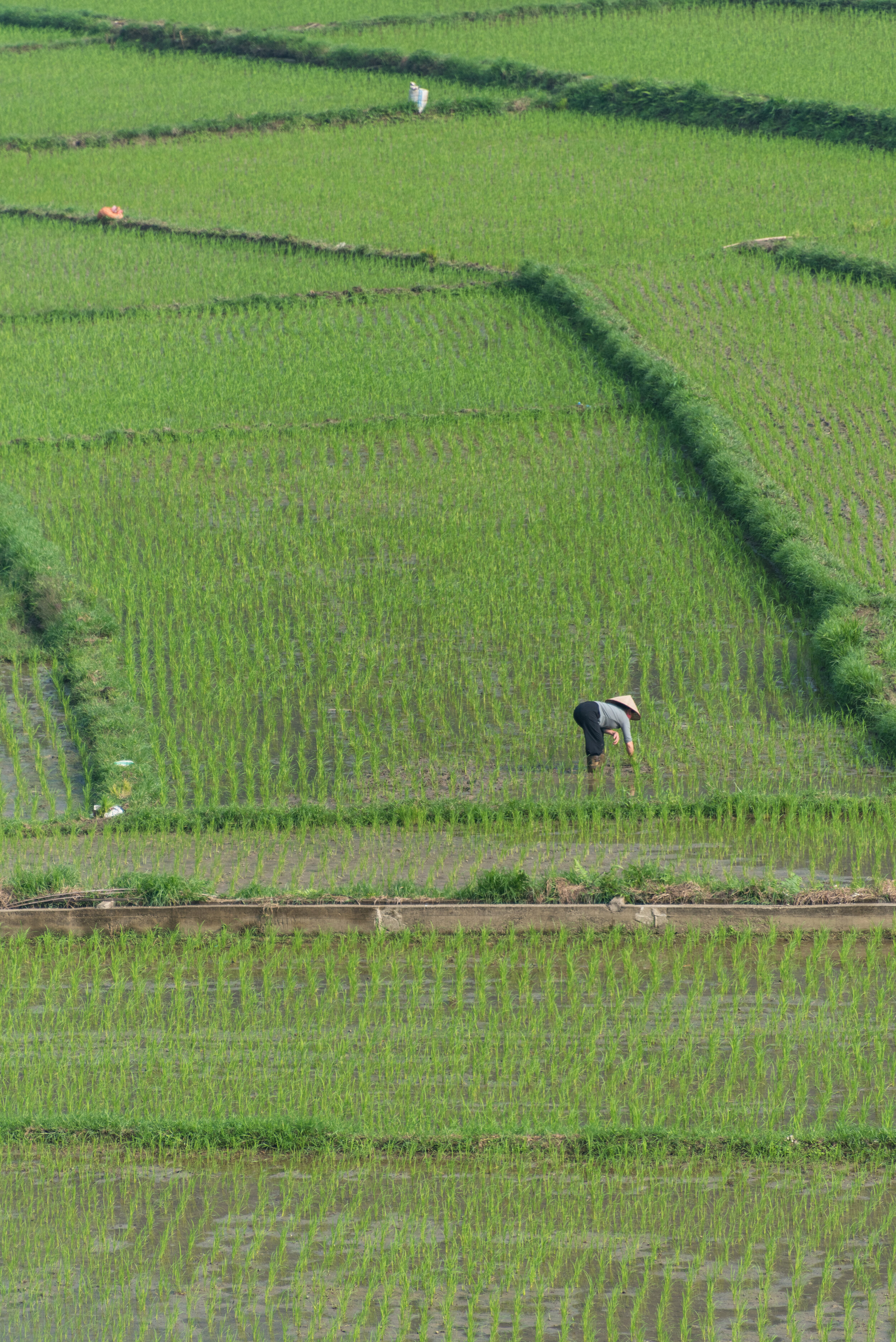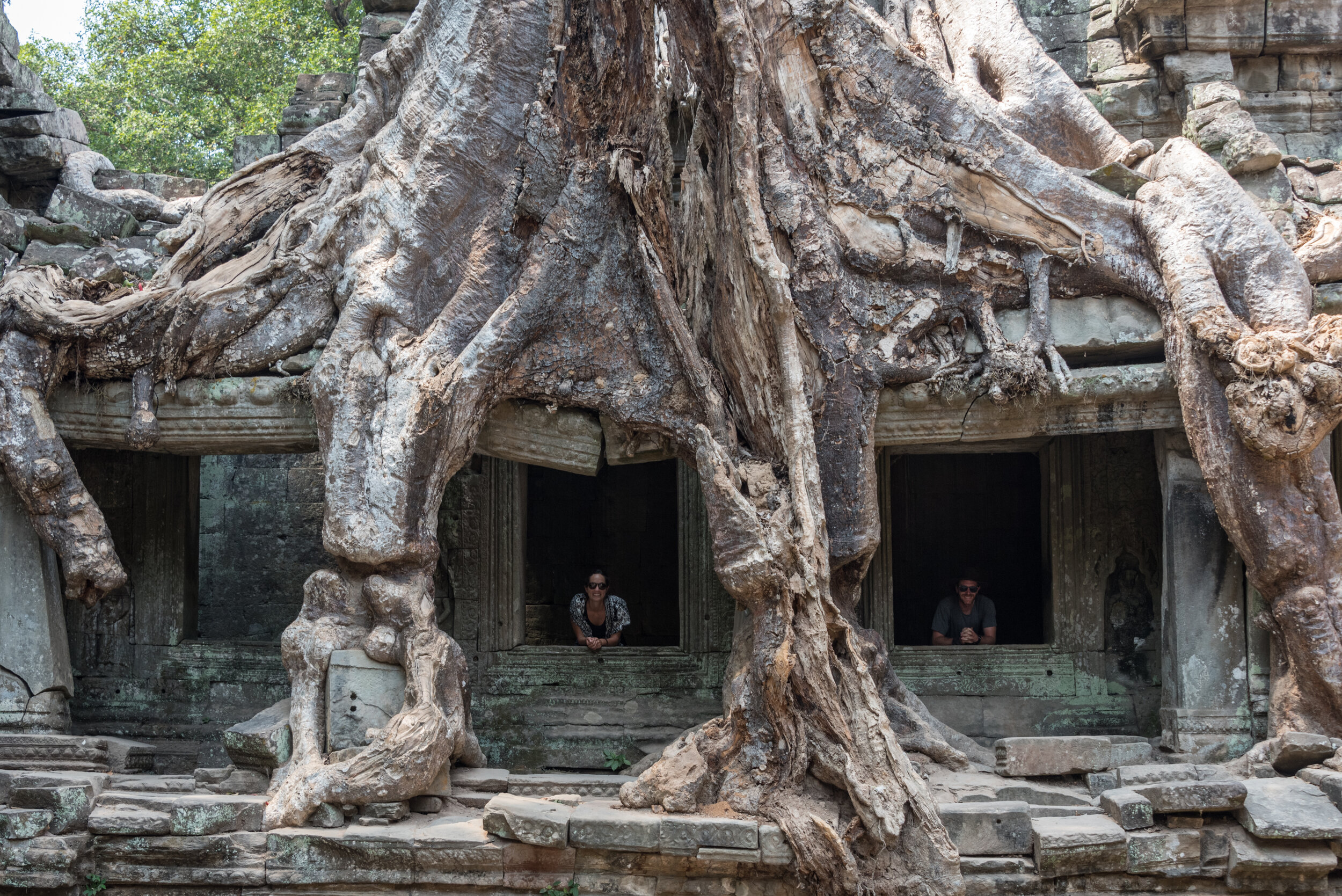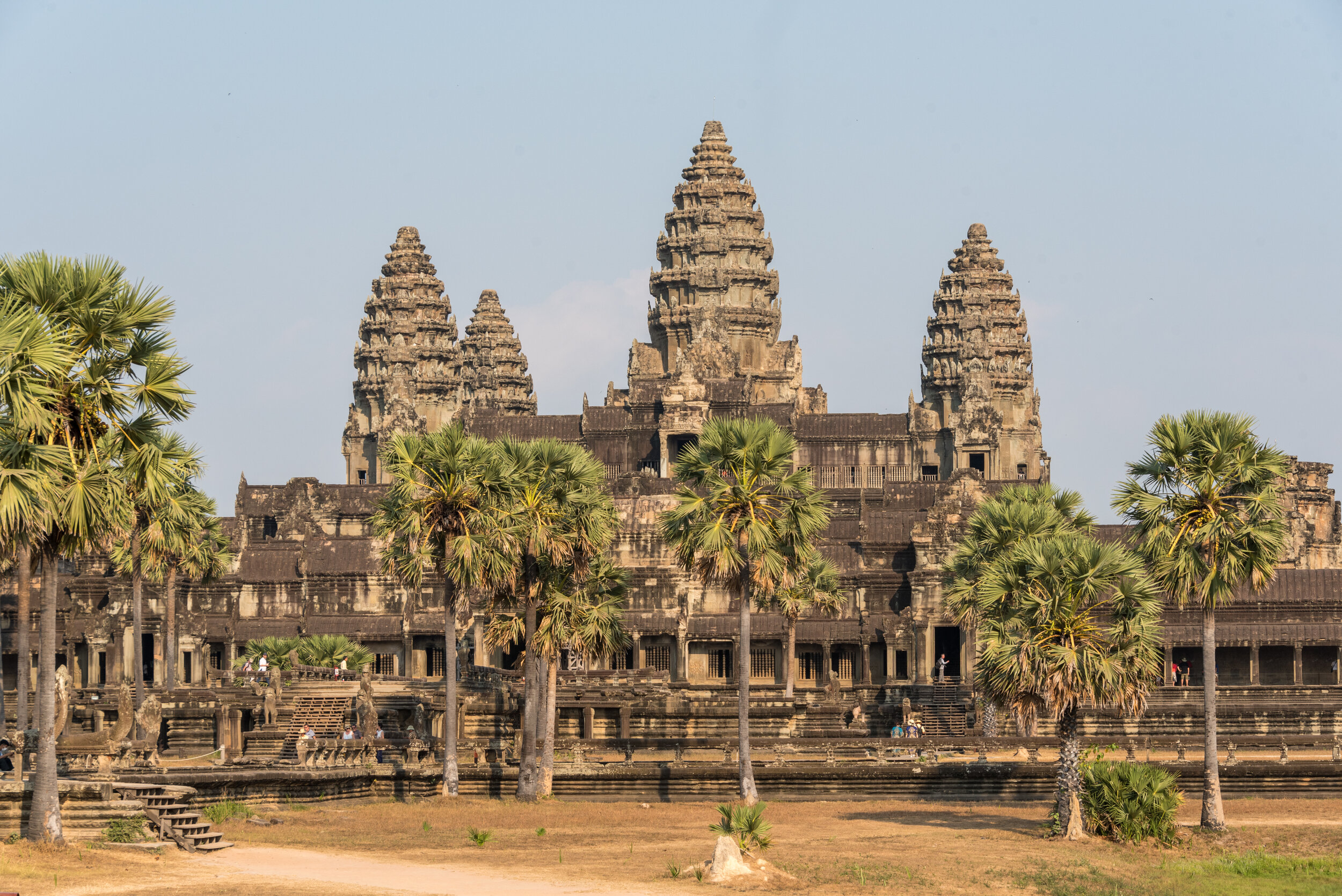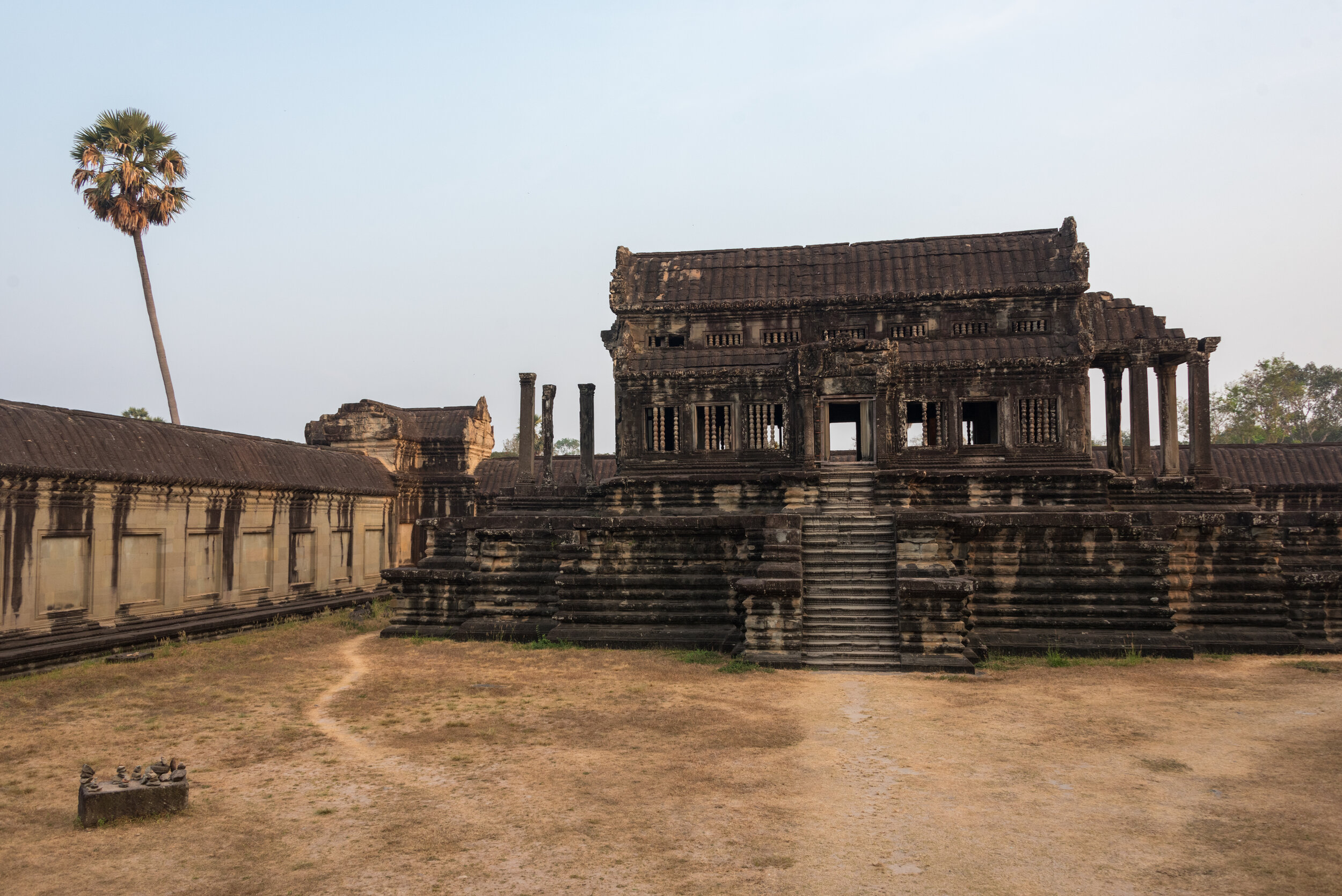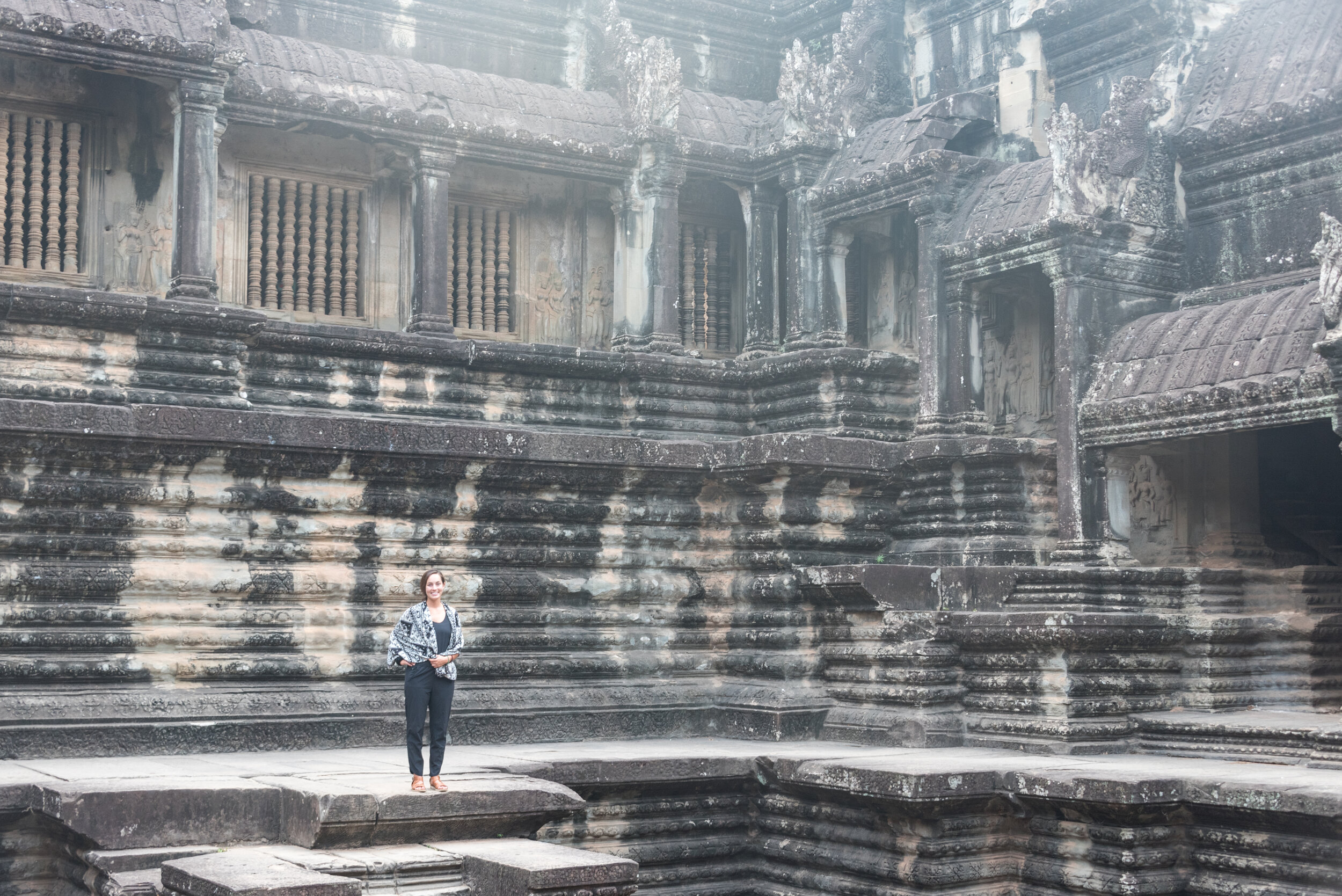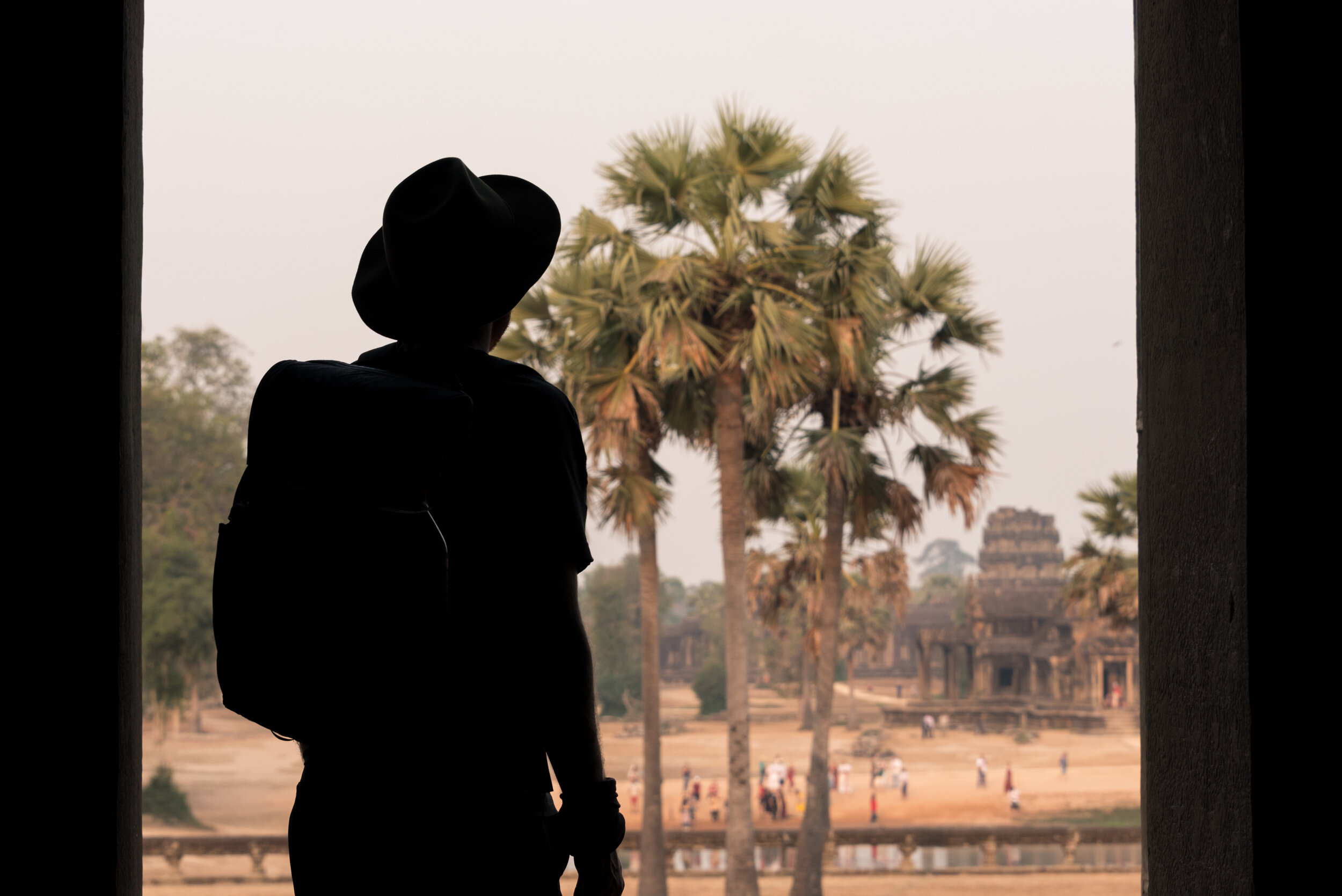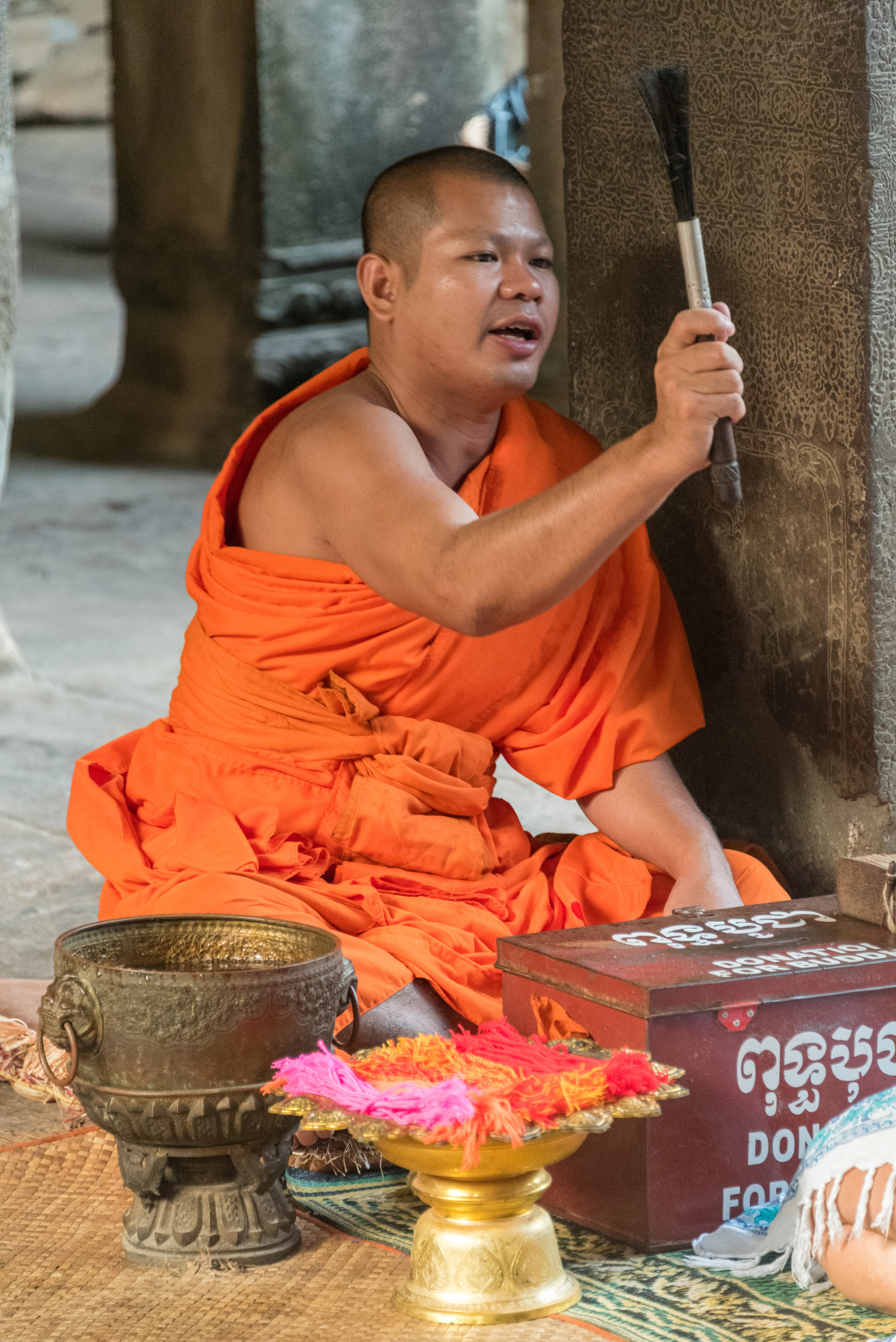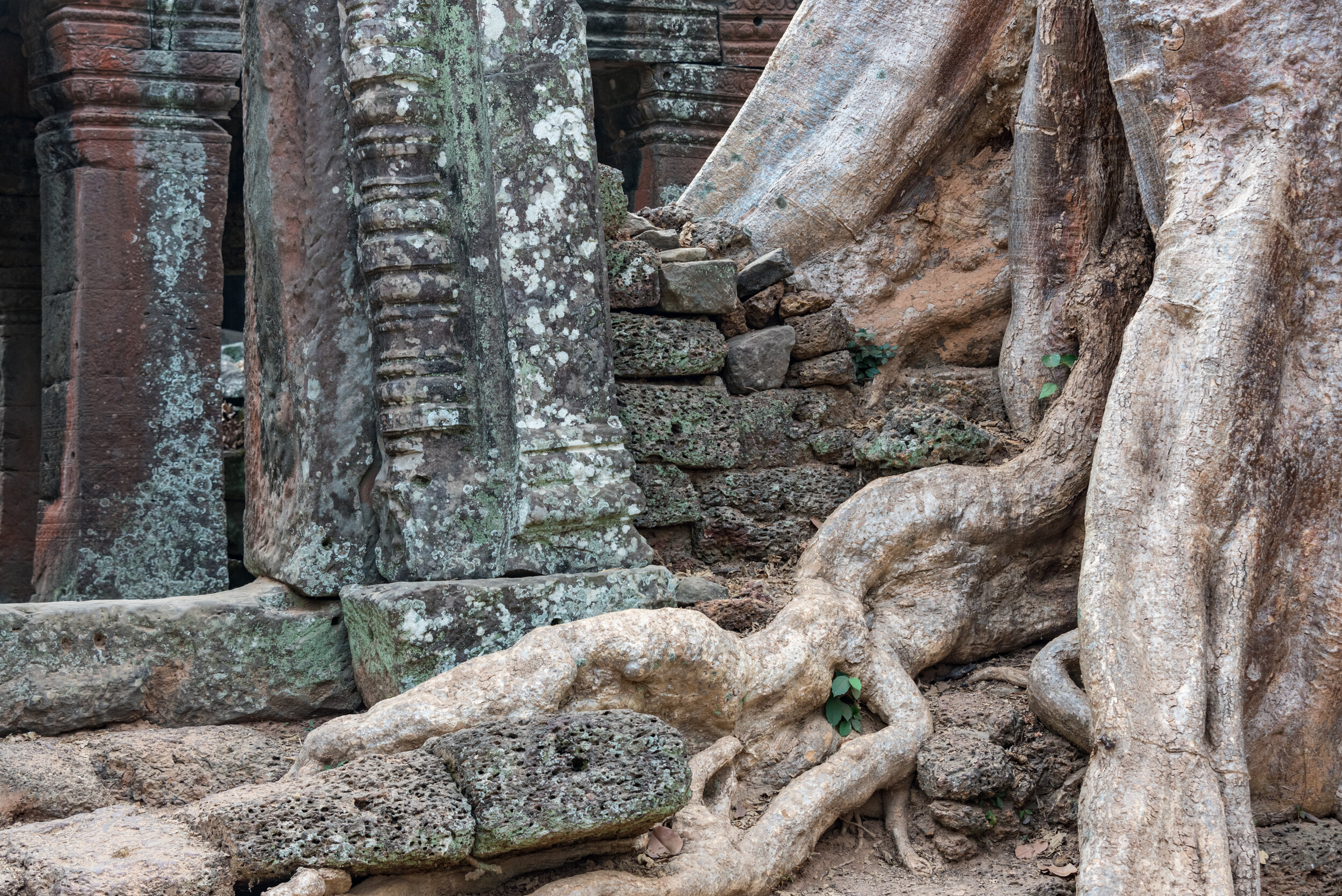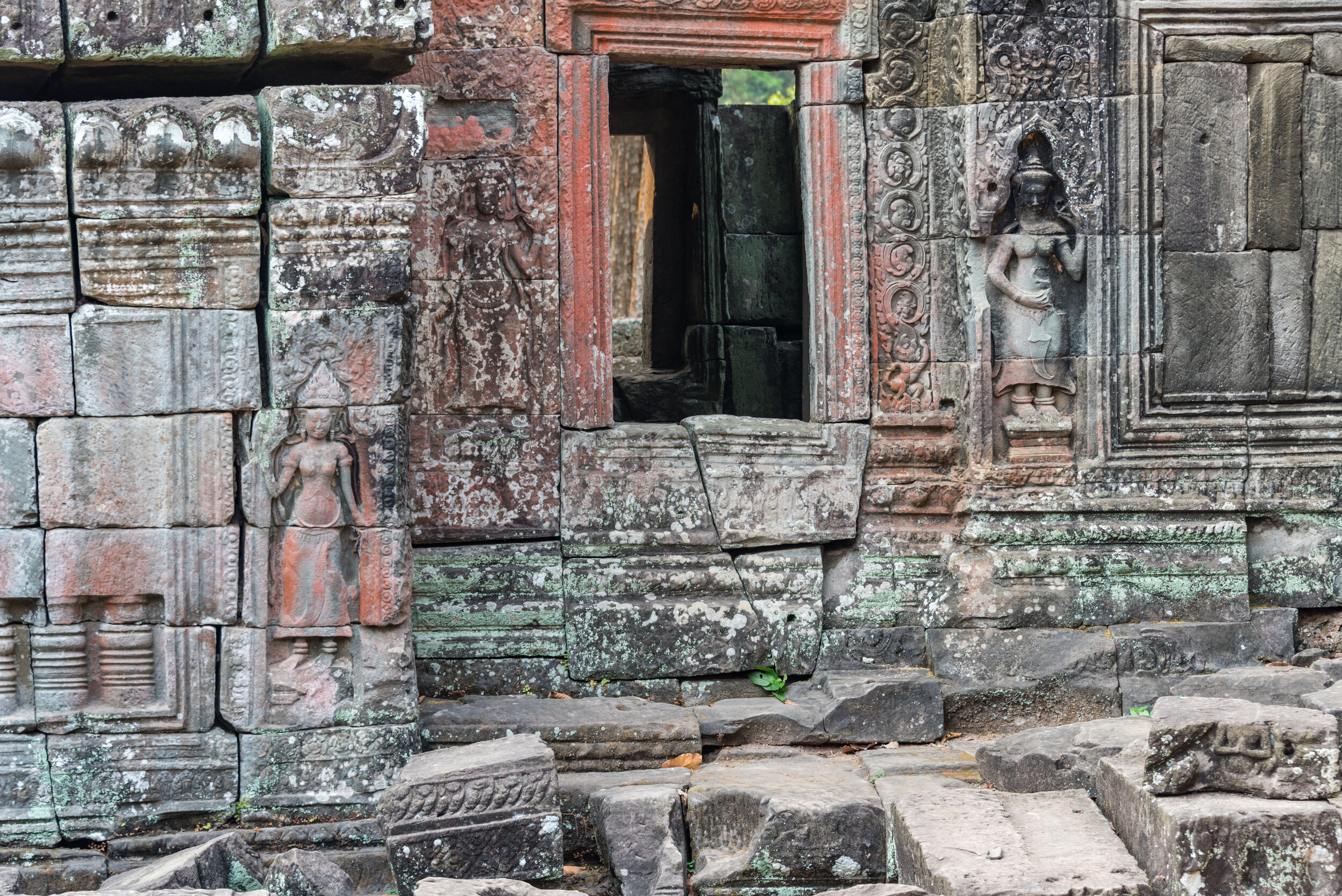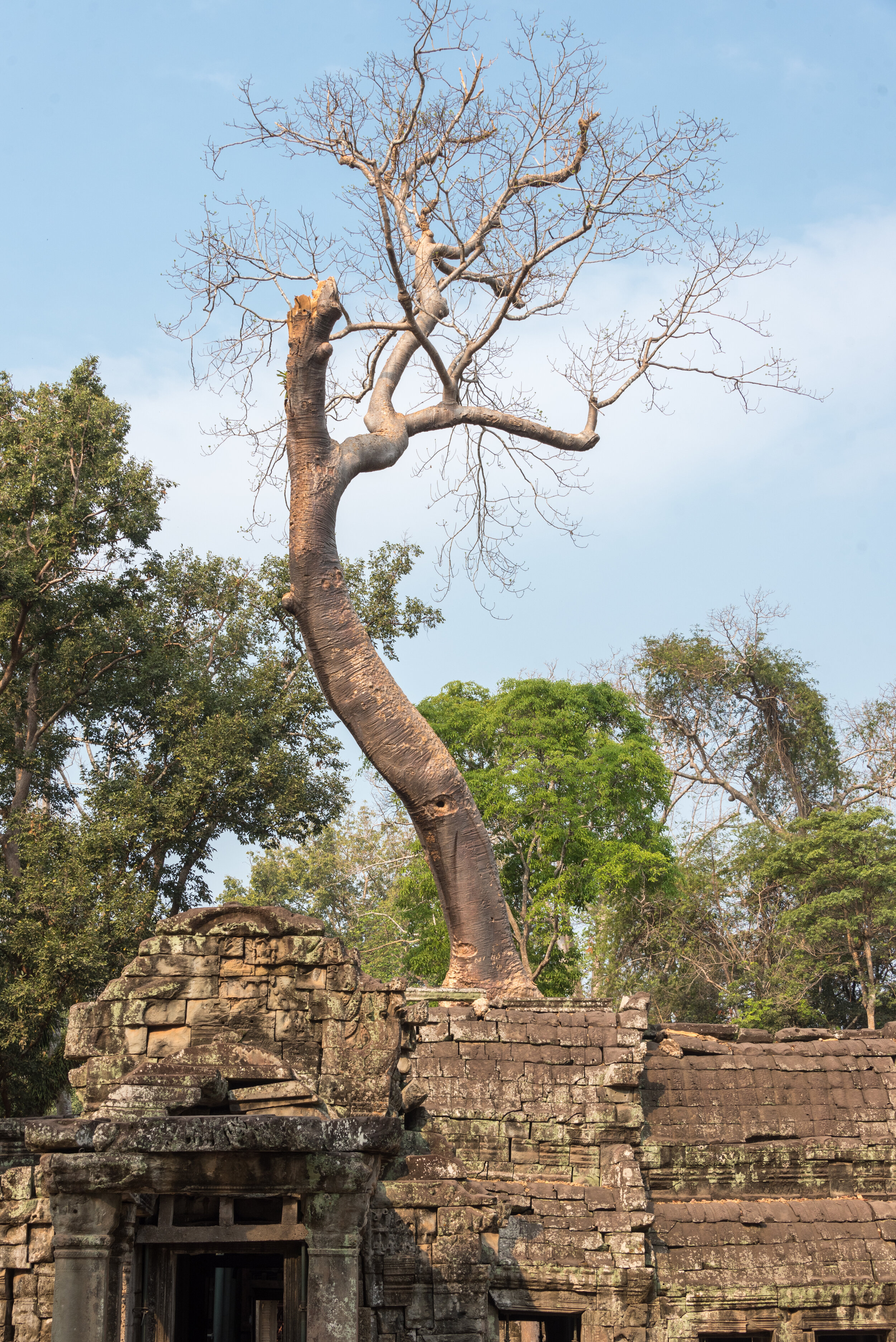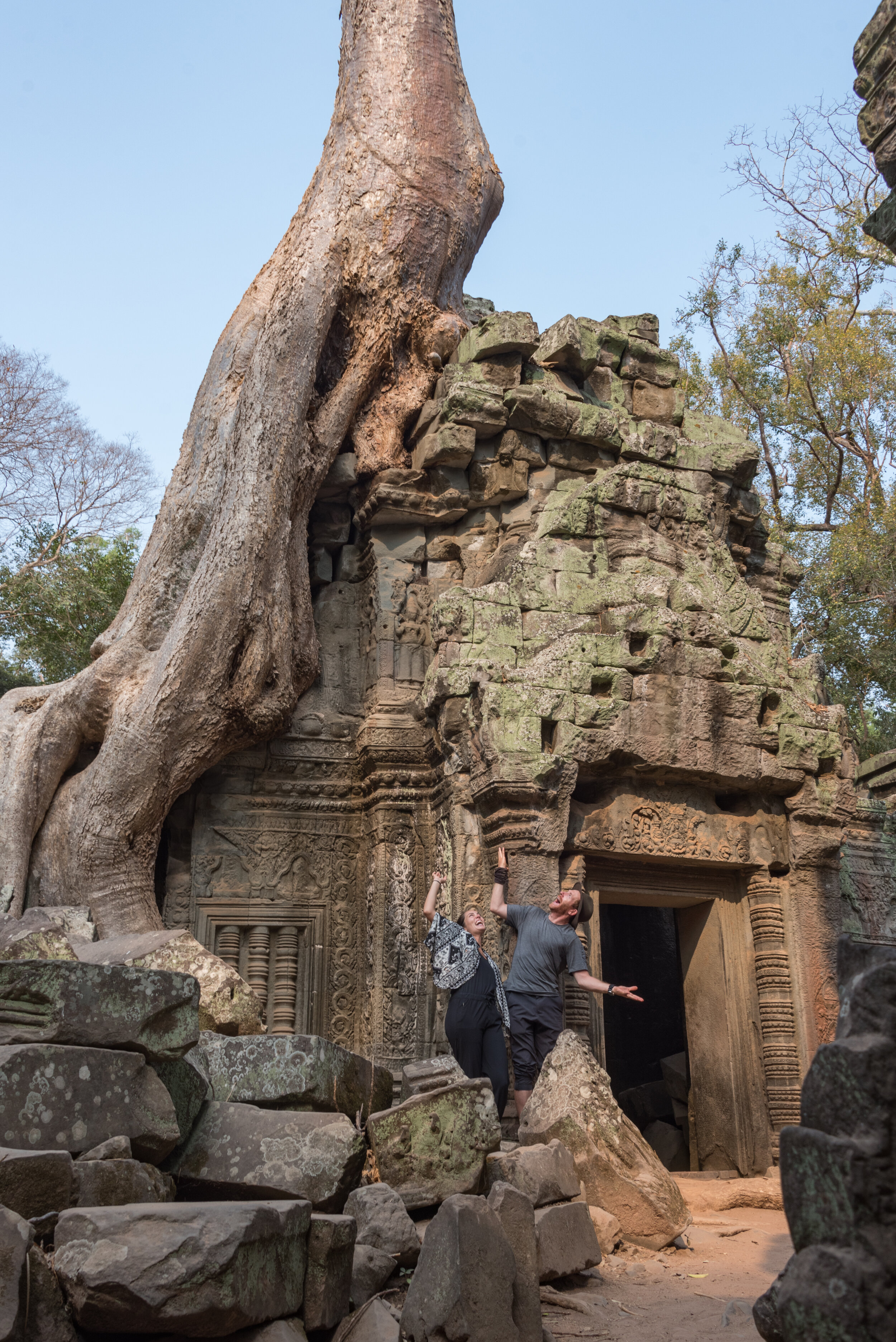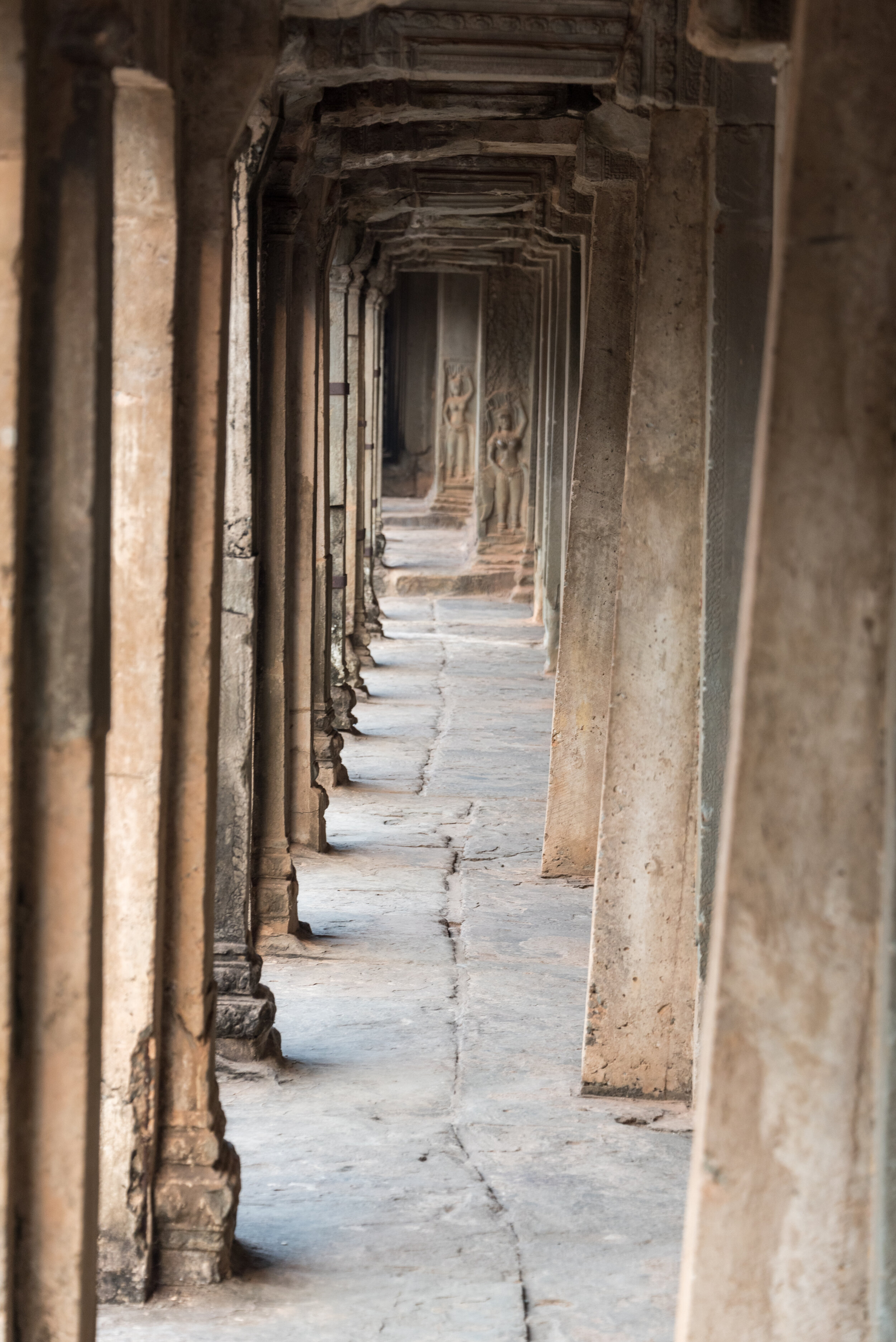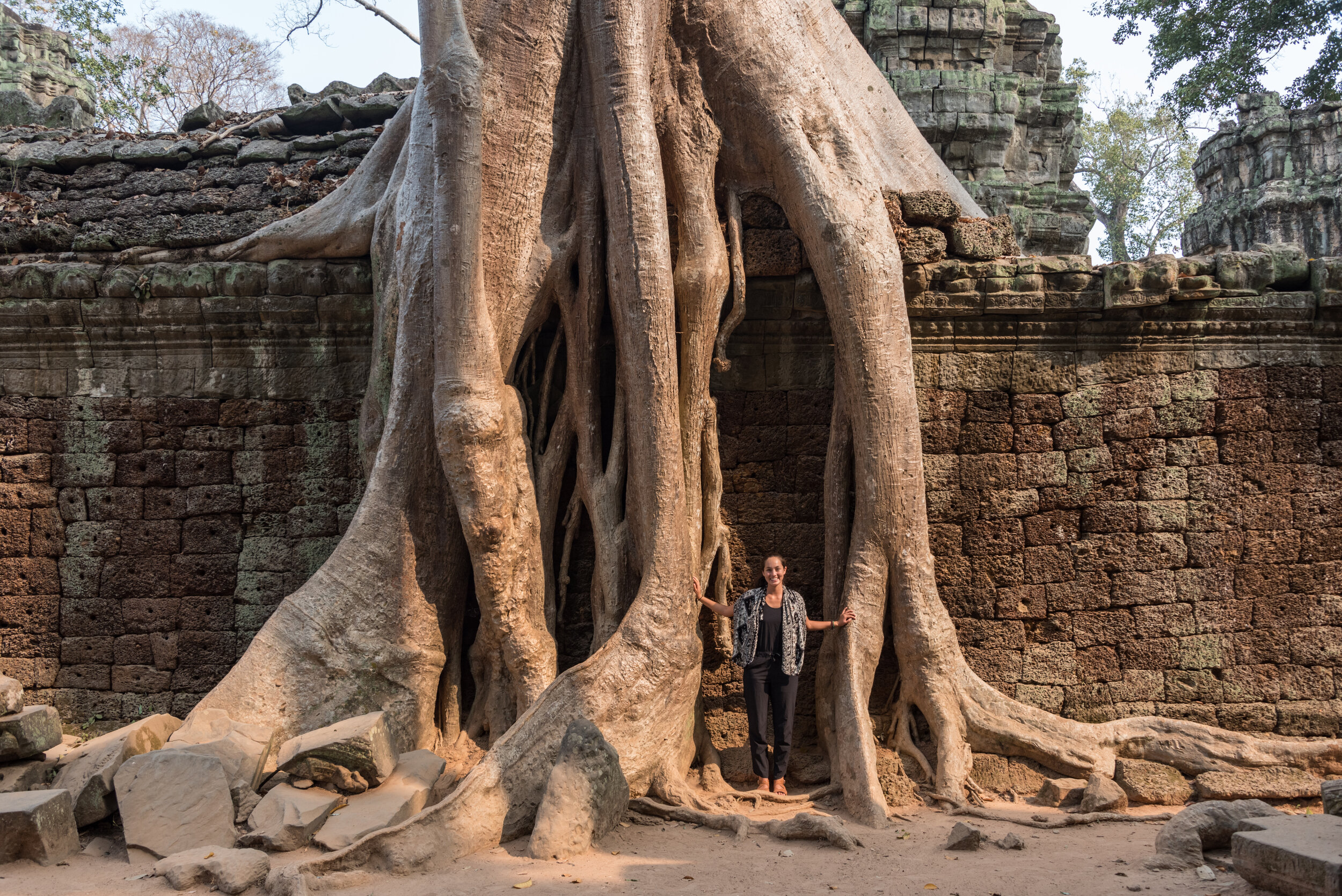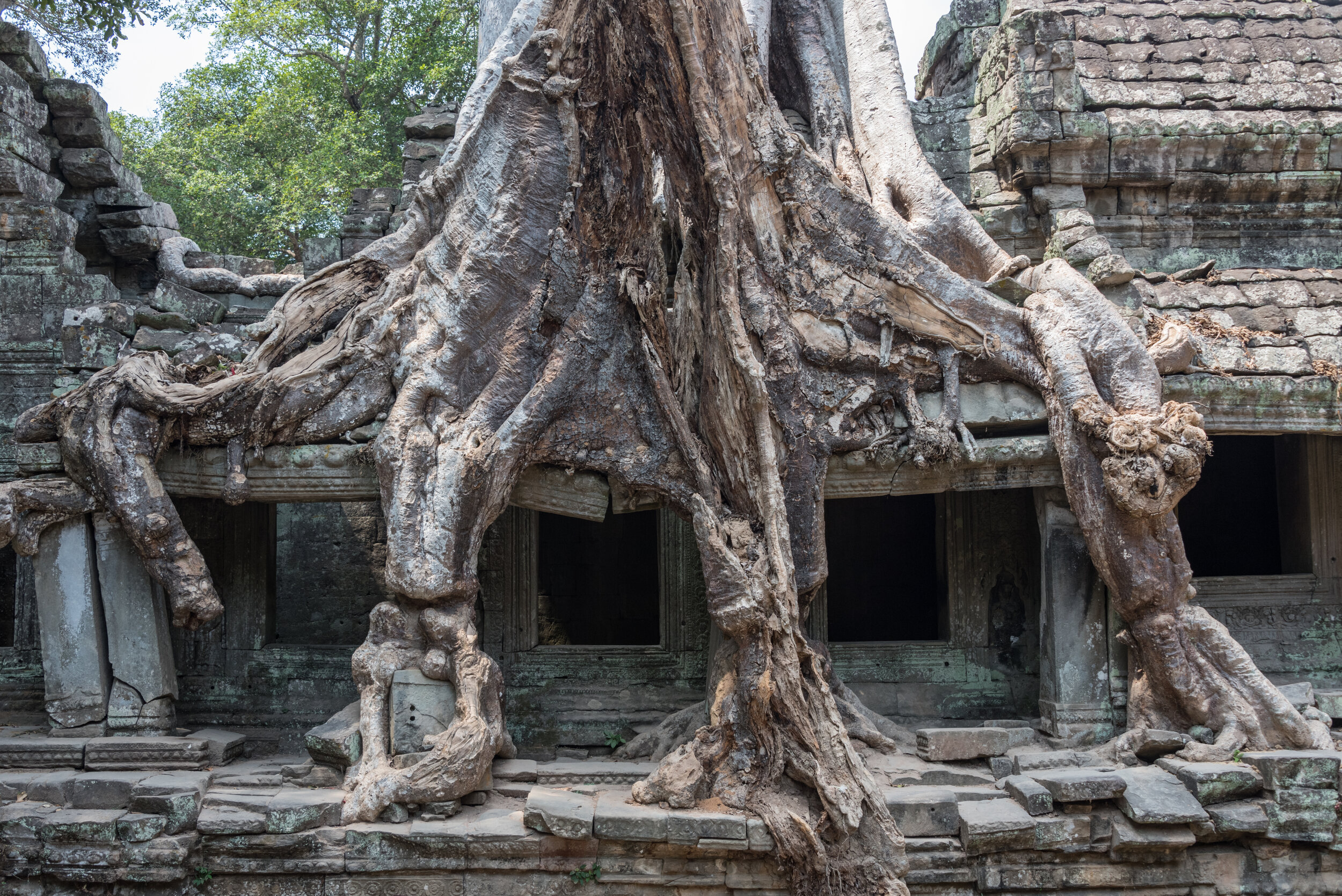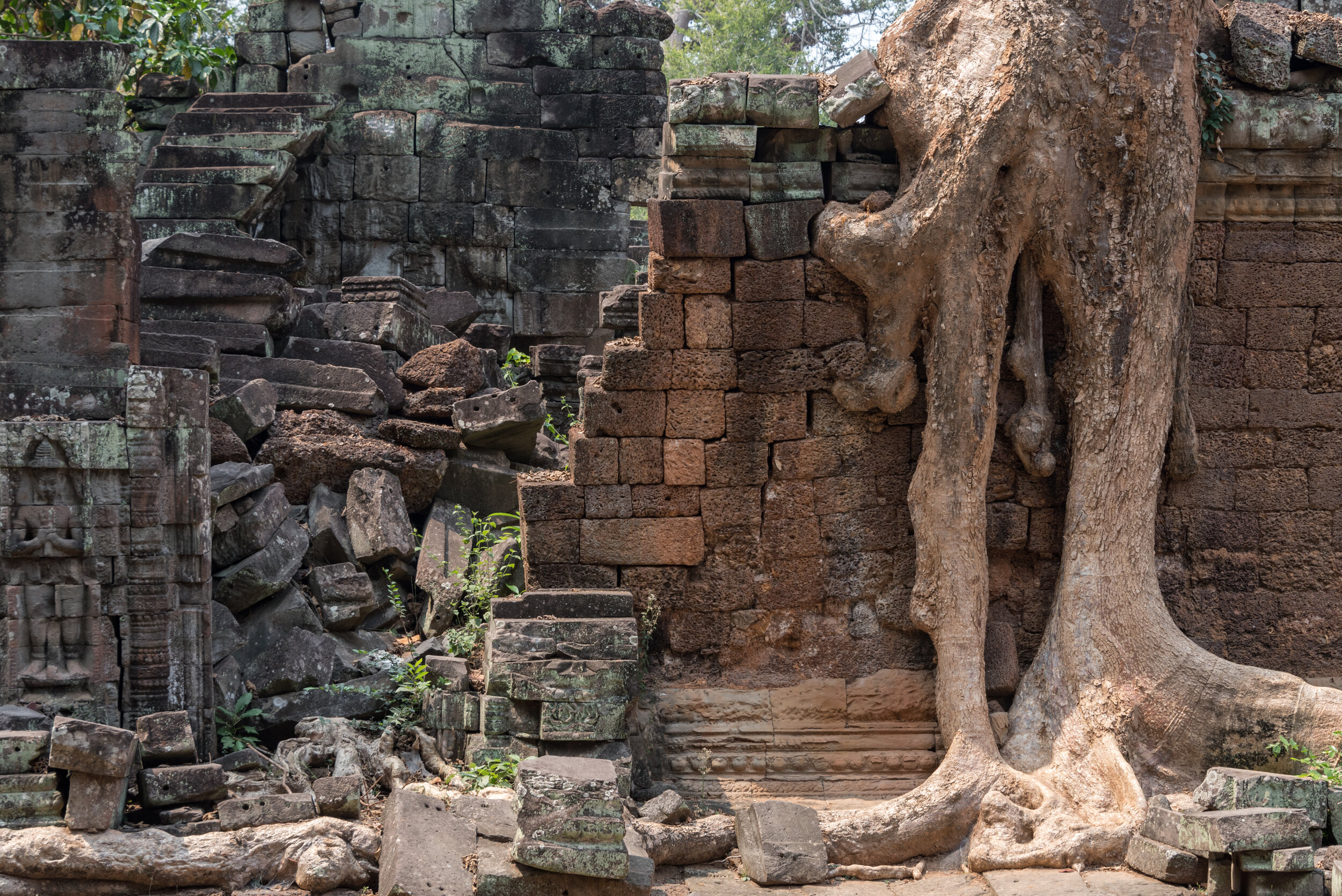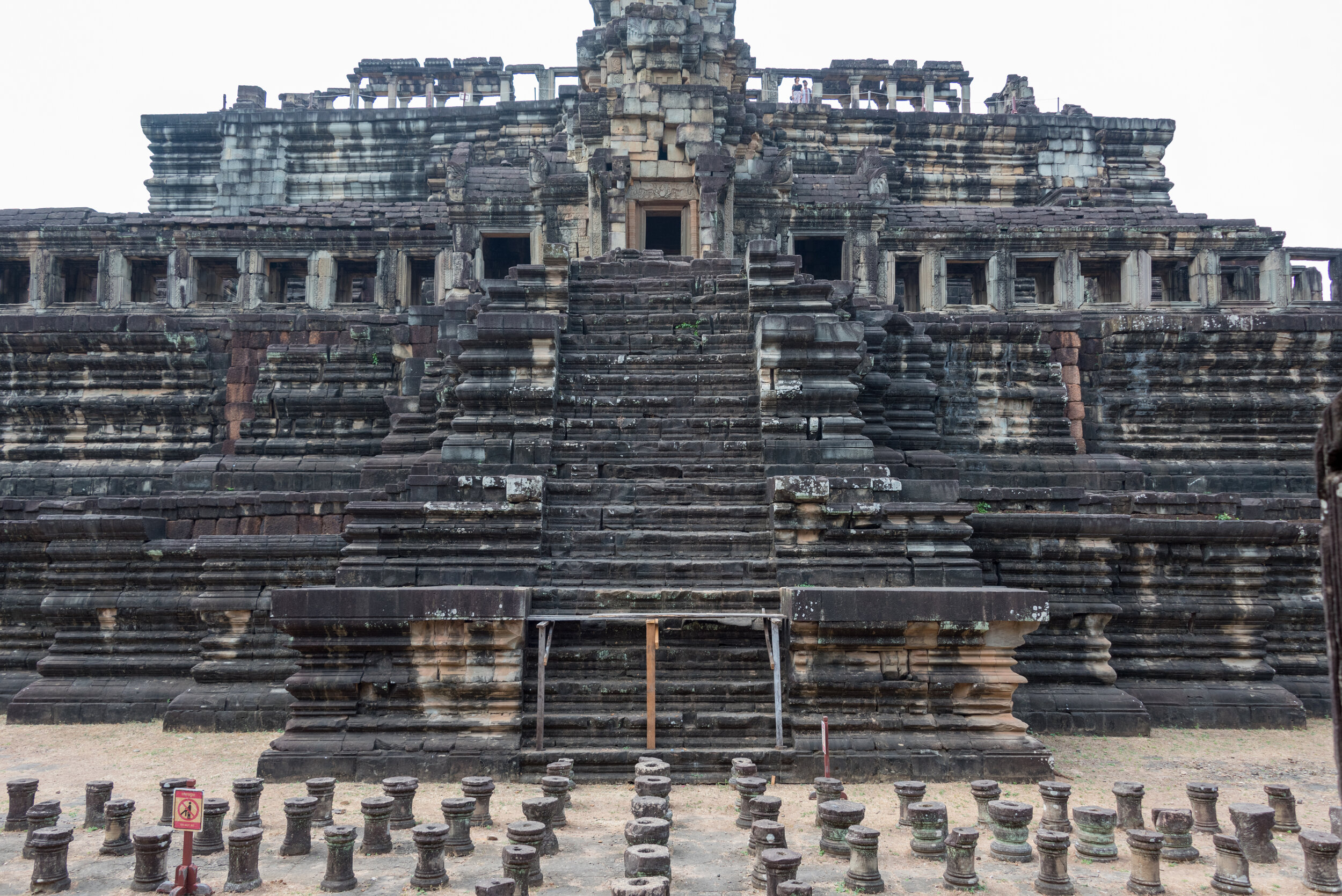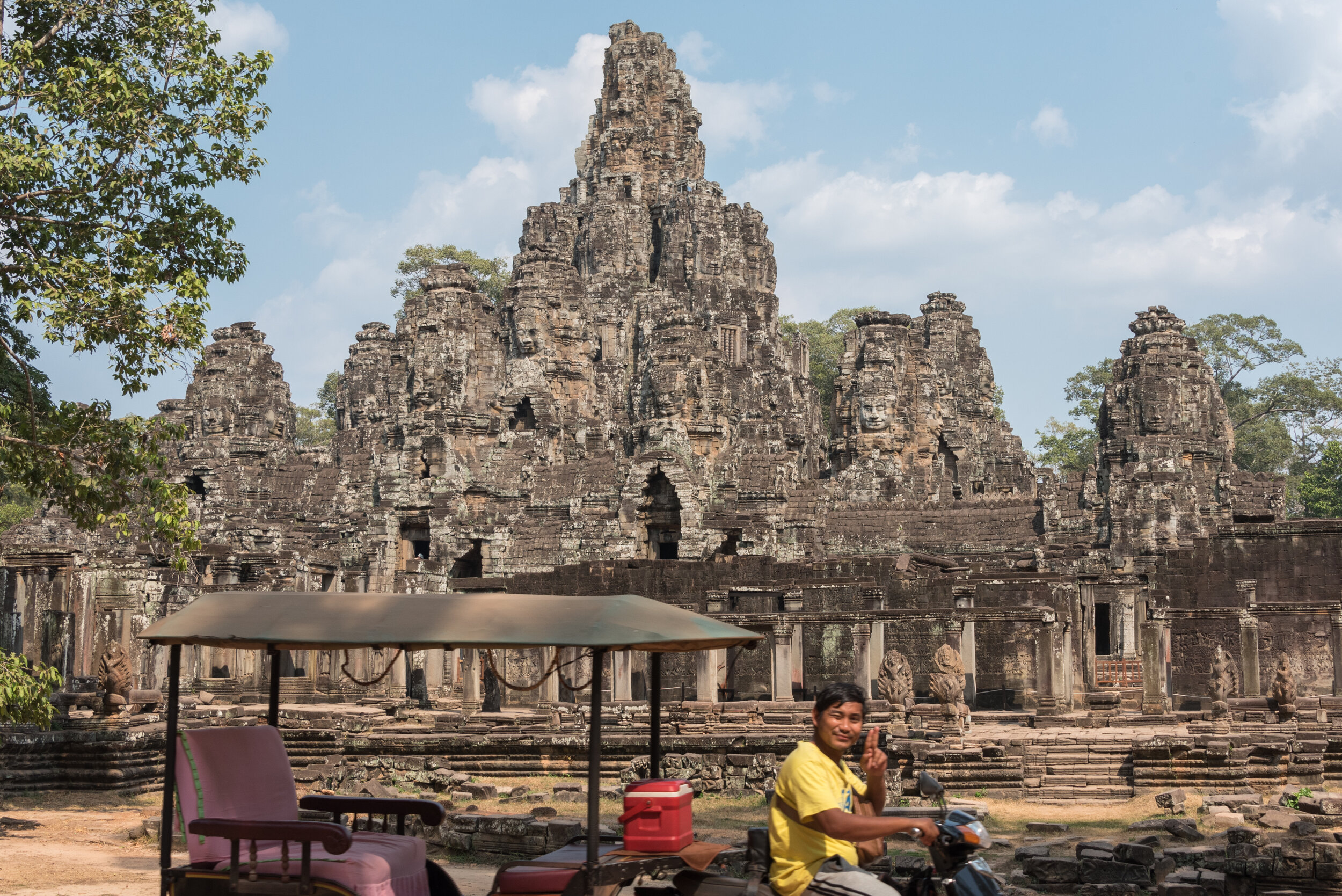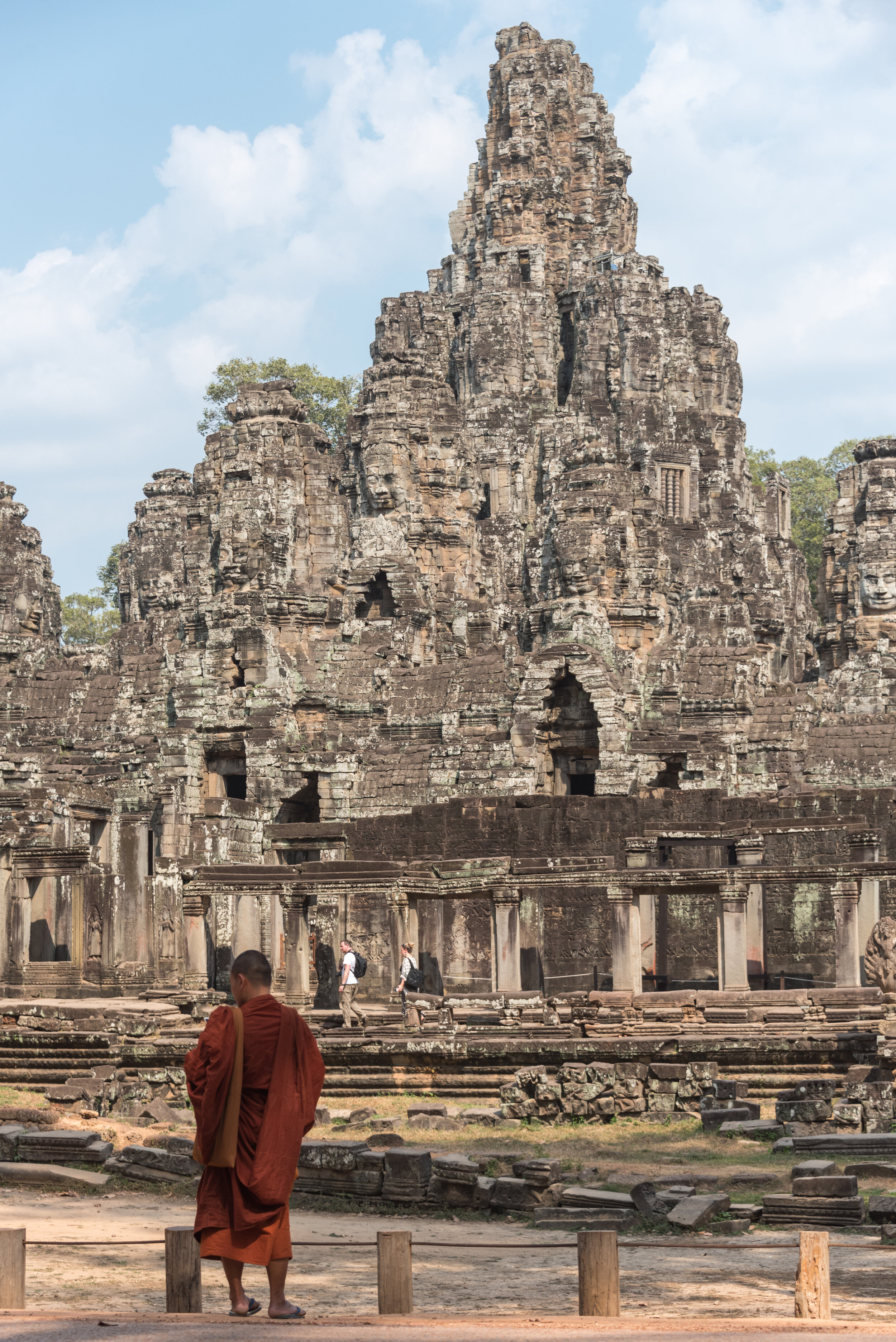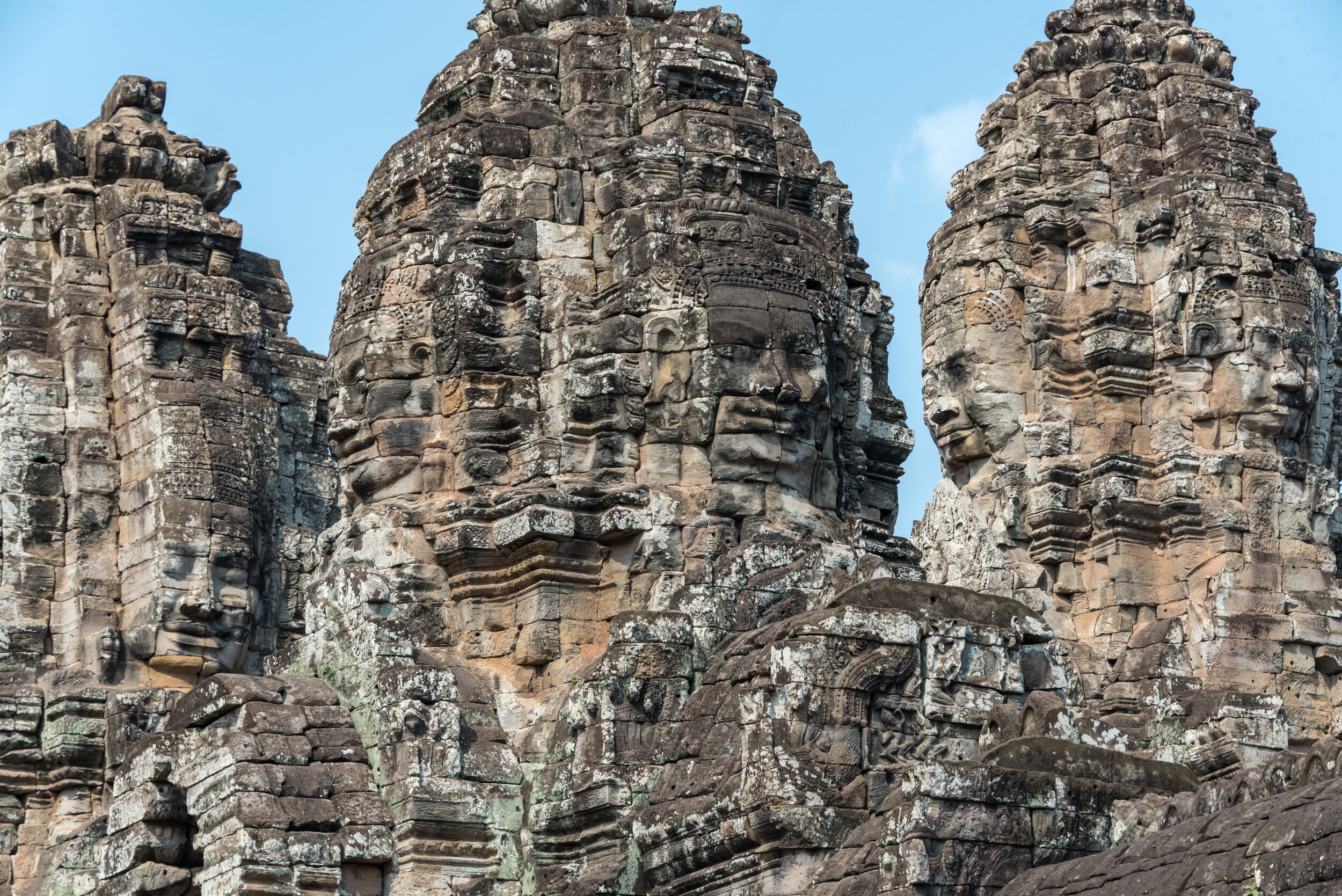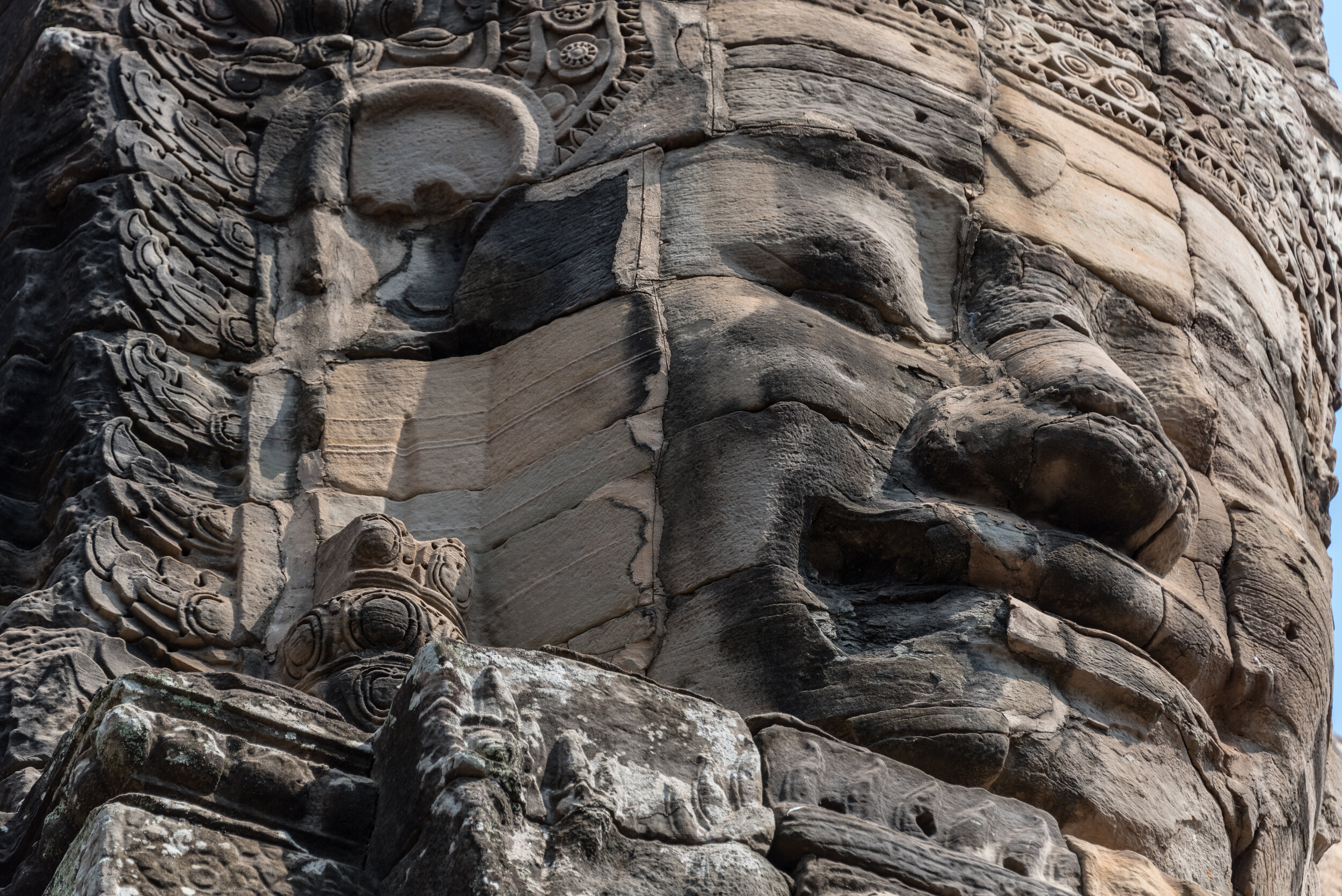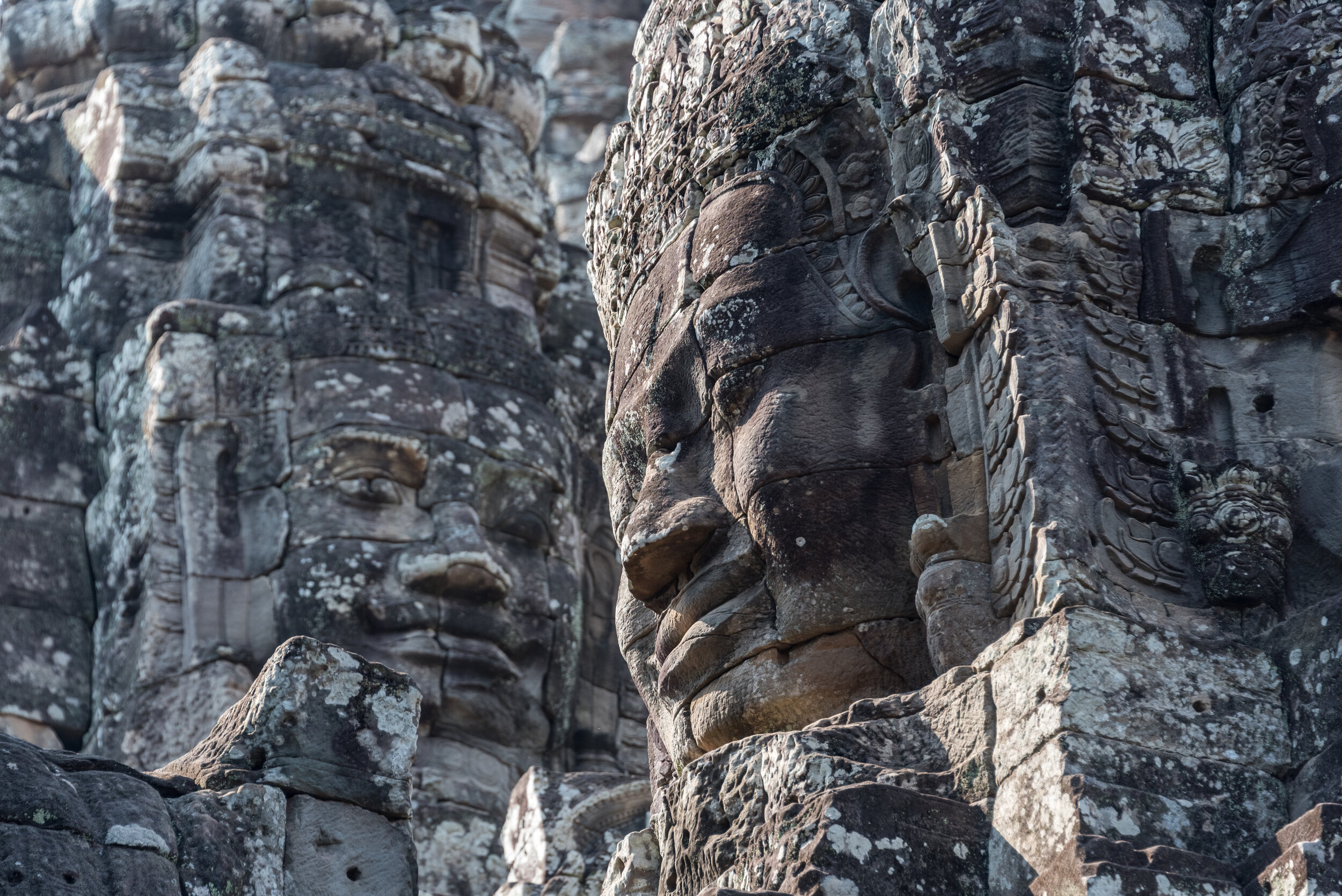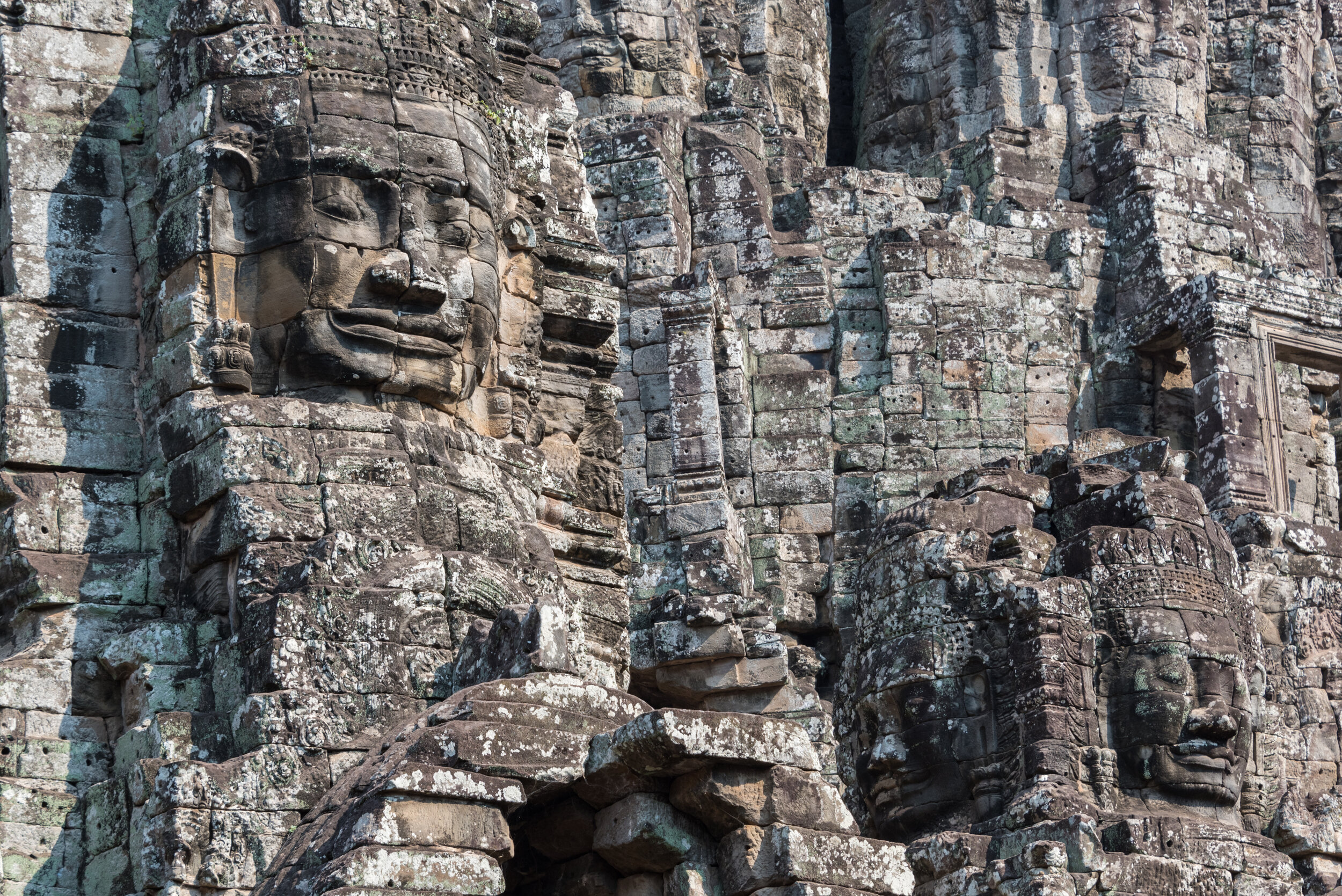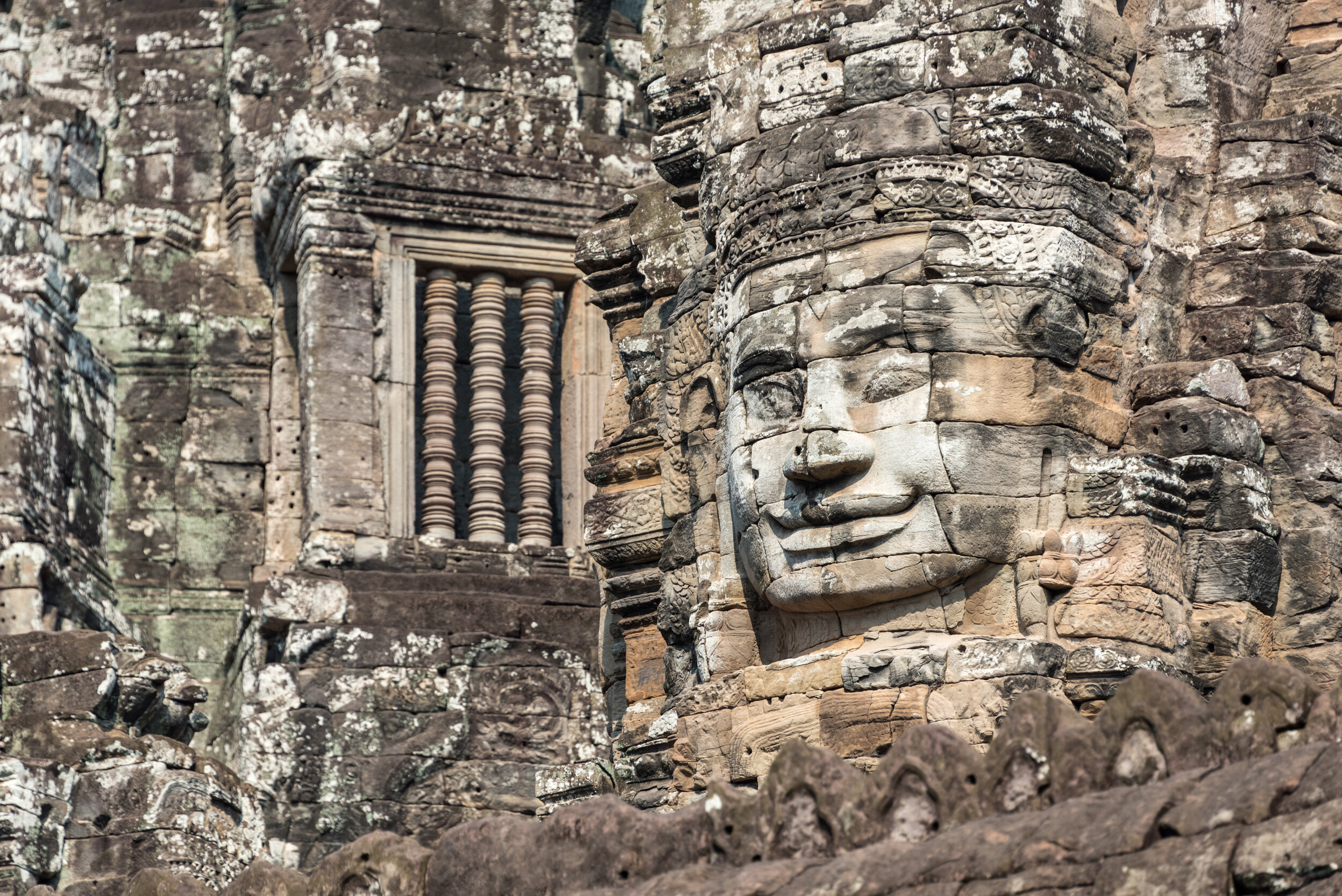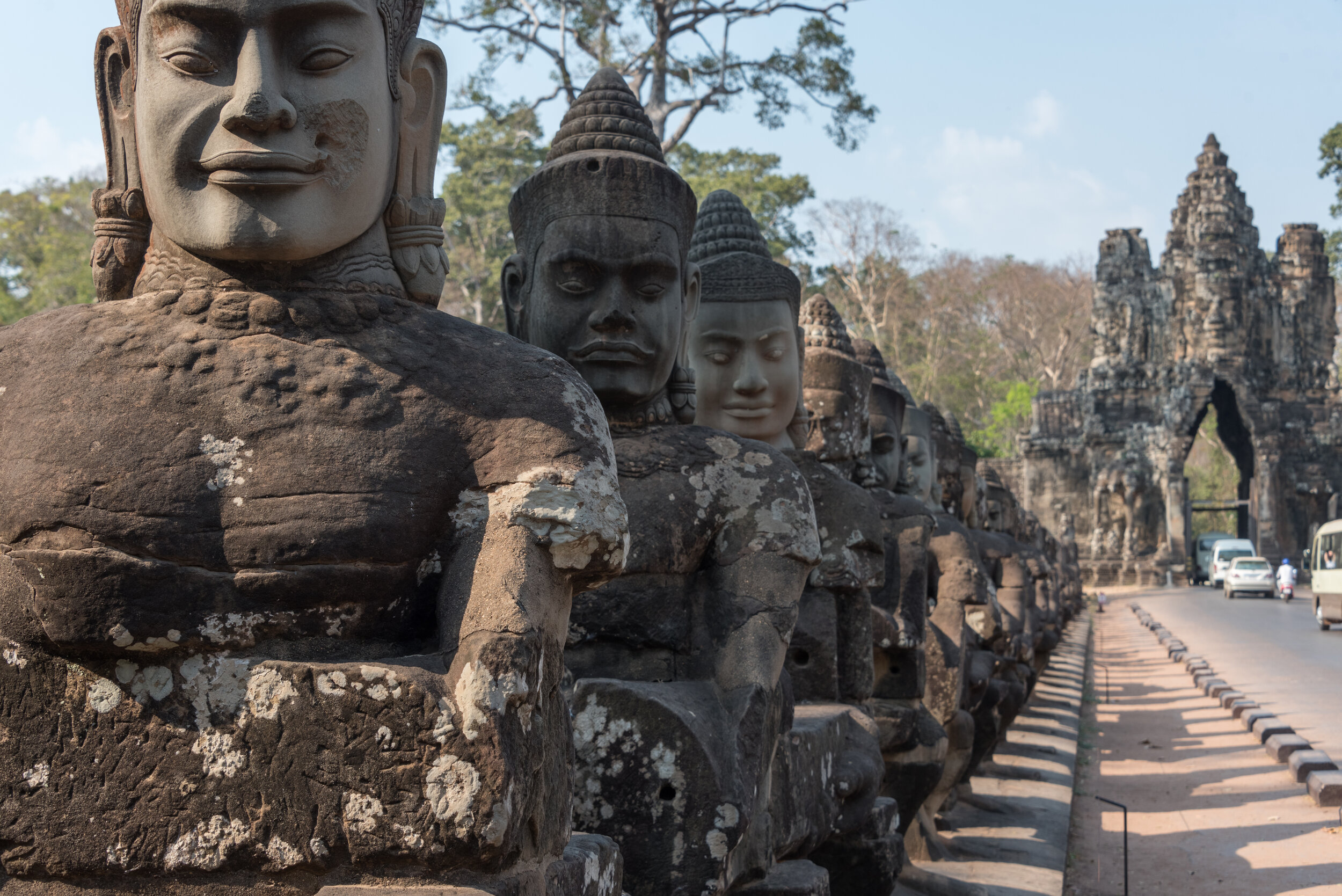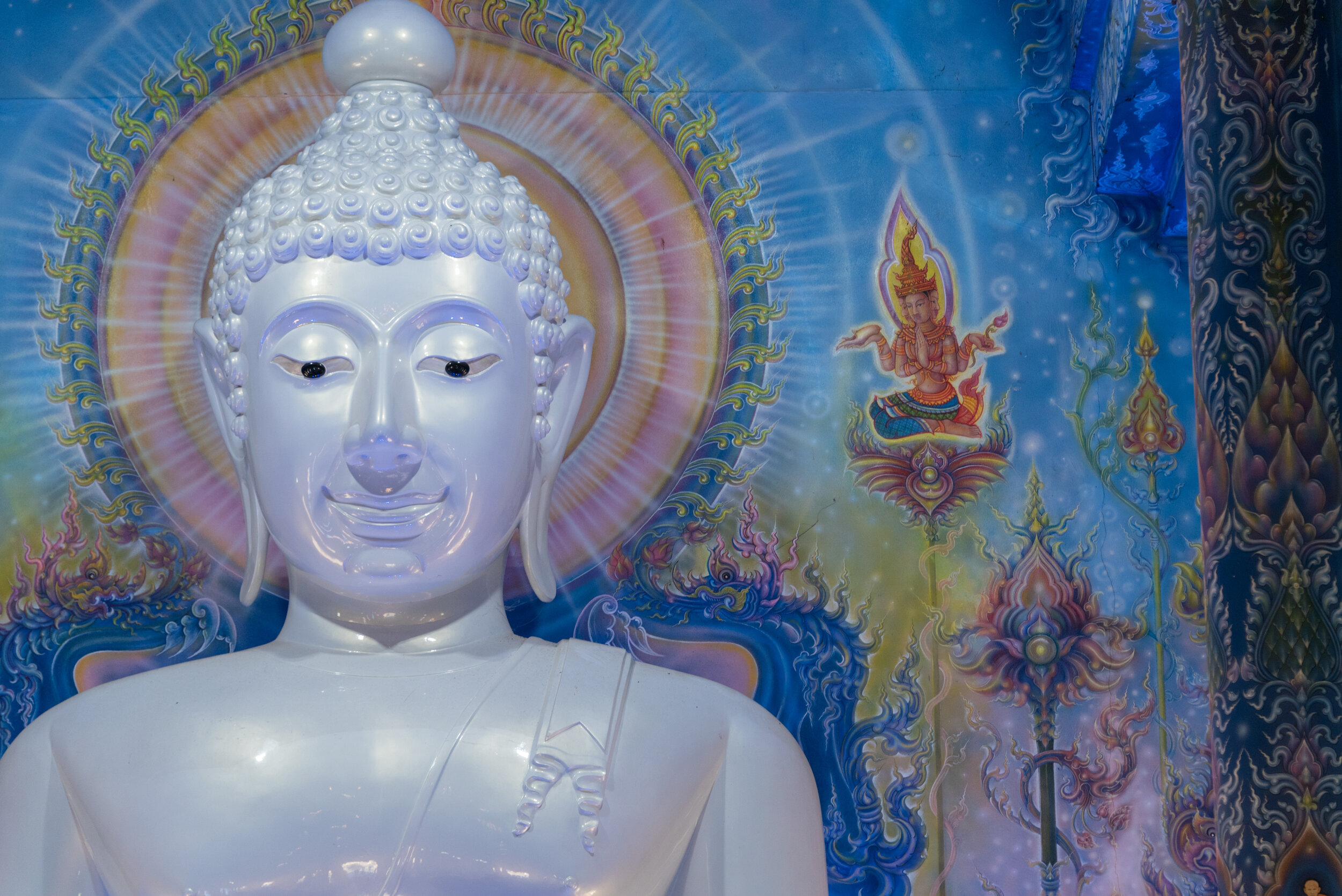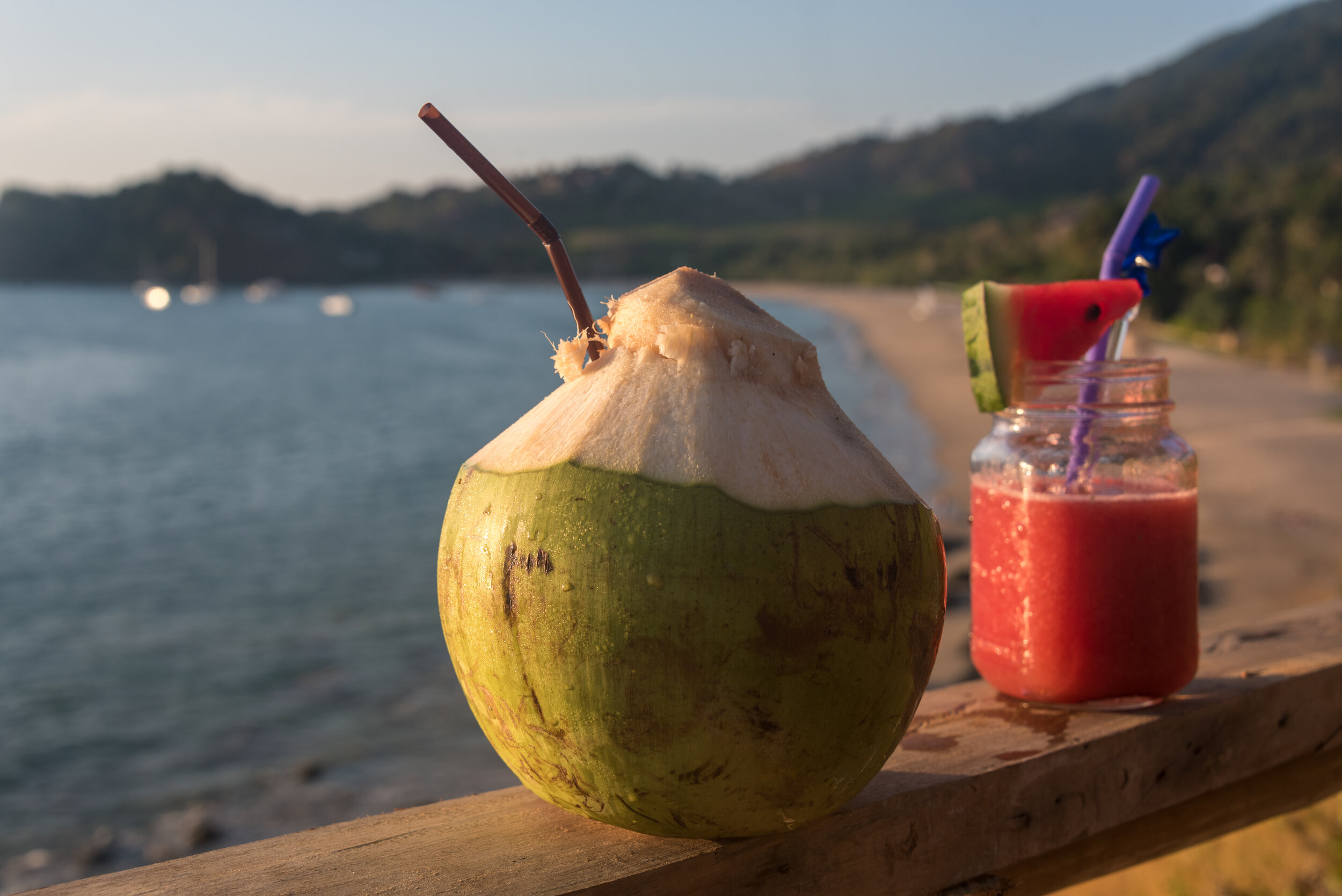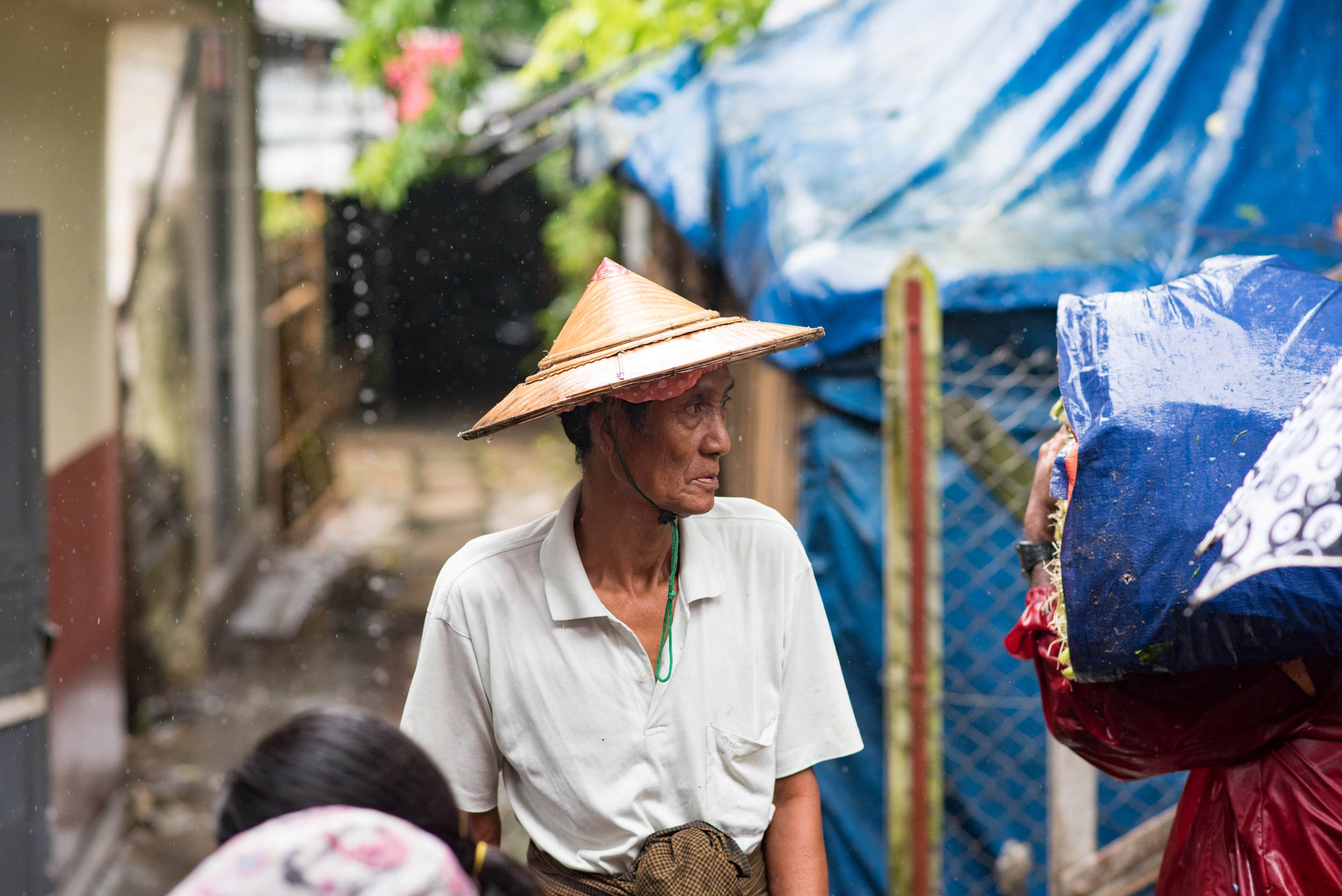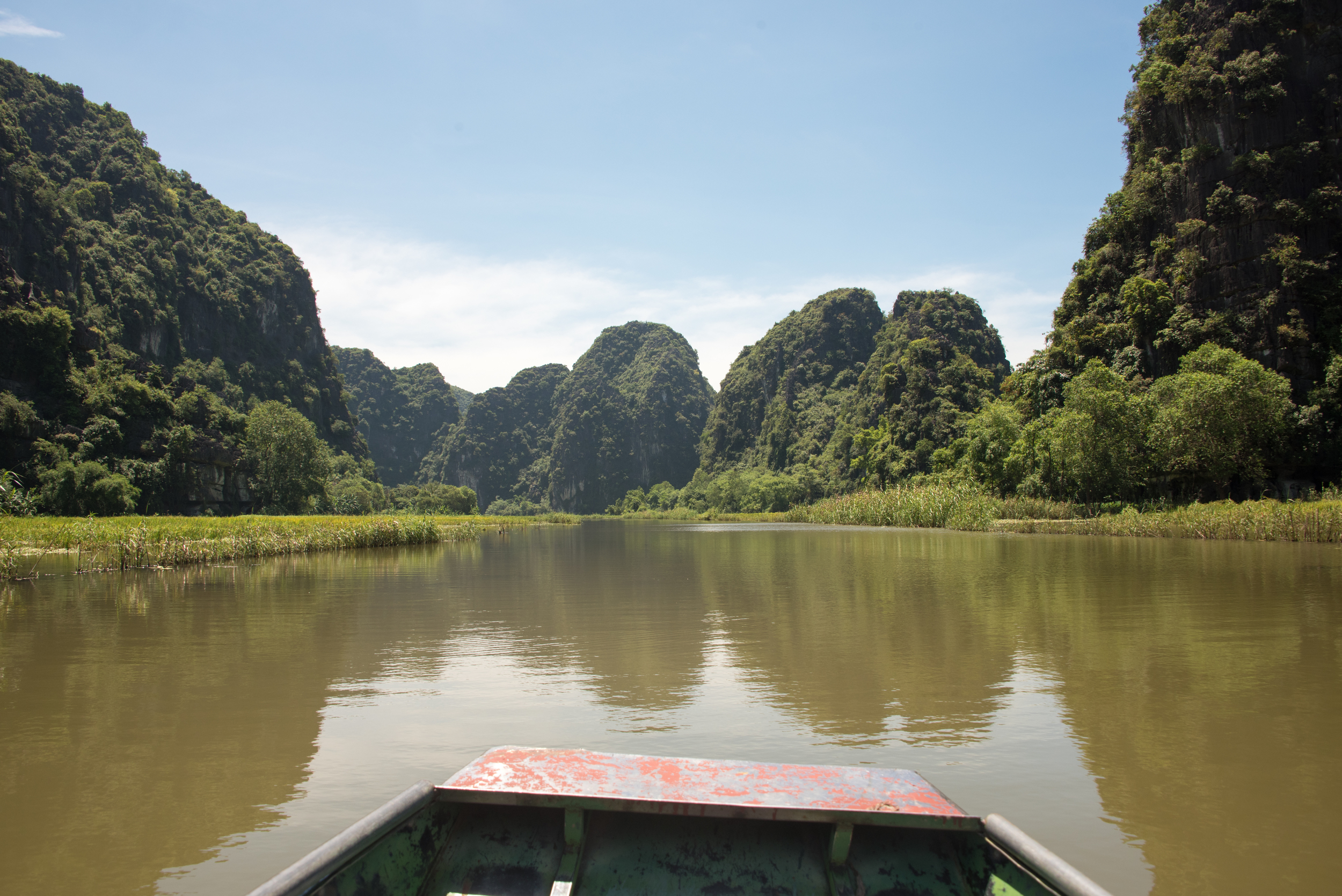Over the years, I’ve learned that my travel bias is in favor of remote beauty. I am drawn towards areas or regions that are somewhat difficult to reach, resulting in a sparse tourist presence, perhaps lacking on luxuries, but making up for it in simple pleasures and views that make up the daily life of the local population. While Vietnam’s north does have its fair share of the antithesis of this type of travel locale, with bustling Hanoi and over touristed Ha Long Bay, there are a myriad of treasures waiting to be unearthed throughout the windy, mountainous roads on your way to China.
Before heading remote, we made plans for the obligatory sights, spending a couple days in Hanoi and Ha Long Bay. Hanoi was more enjoyable that I’d remembered, with its myriad of alleys and markets in the old quarter, and delicious dining options spread out either on the street or in tiny hole-in-the-wall type restaurants, or perhaps right on the train tracks. What might seem like chaos is actually a well-oiled machine, with the freshest of foods and variety of services all at your fingertips. I took some time to purposely get lost one afternoon, walking through alleys filled with birdcages (the Vietnamese love their birds), stopping for a quick bowl of pho while avoiding having my toes run over in the street, bargaining for the best Ha Long Bay tour I could find, and relaxing under an overpass on tiny chairs while I waited for my Bia Hoi (fresh brewed beer) and peanuts to be served. I was most definitely out of place everywhere I sat, but, as is the case anywhere in the world, sitting down over a beer brings people together. The streets of Hanoi are a wanderer’s dream, it really is a crapshoot as to what you might come across, be it frogs in a bucket or the best tasting soup you’ve ever had.
Cruise booked, we opted to spend a couple days in Lan Ha bay, the less-visited neighbor to the famous Ha Long Bay. With many reports of trash and murky waters in Ha Long Bay, we were hoping for a bit more serenity, away from the party boats and general abuse of the pristine nature that can be found in the waters off the northern coast of Vietnam. While the weather didn’t exactly cooperate, it felt like the misty fog and rain added to the ominousness of the waters and the thousands of limestone karst islands that make up the scene. So, while there was no sunbathing on the deck to be enjoyed, the environment was more than conducive to a little rest and reflection. We passed floating fishing villages and remote beaches, stopping for an afternoon on Cat Ba island, sampling some local snake whiskey and sticking our feet in the river for a fish-eating frenzy.
The cruise itself was a comedy of errors. With the Coronavirus fears in full effect, demand was down and staff was low, leaving us with one cruise manager (Eagle) who played the role of formal host, kayak guide, happy hour party starter, tableside slam poetry reader (in Vietnamese), and morning Kung-Fu instructor (the Tai Chi instructor was gone, so we got Kung Fu instead). Eagle wasn’t particularly good at any of those roles, and he must have changed outfits at least 5 times, but we were along for the ride and couldn’t help but laugh at how seriously he took himself. The next day at dinner, a failed flambe attempt left one cruise guest completely on fire as everyone swarmed to put her out. Thankfully, no serious injuries occurred, but the mishap seemed to fit right in with the rest of the experience. By the time late night squid fishing rolled around, we were certain somebody would be lost at sea, but surprisingly it all went off without a hitch. As was the case the last time around, Ha Long and the surrounding bays are stunning, and should not be missed, just remember to bring your sense of humor.
Bidding farewell to our temporary travel friend, we left the city and headed for the hills in the far north of the country, arriving to Ba Be Lake as the sun was setting behind the mountains and a blue haze began to settle on the lake. A small agricultural village sits at one end of the lake, with almost every family home turned into a homestay in the hopes of attracting the tourist dollar. Our basic homestay came equipped with a dining deck overlooking acres of bright green rice fields running right into the lake. The combination of the geometric shapes and lines of the rice fields, the calm waters of the lake, the backdrop of densely forested mountains, and the complete silence (save for the incessant rooster crowing), did nothing but reinforce my biases for this kind of travel. A family style home-cooked meal and some strong rice wine capped it all off. We spent the following day in a boat exploring around the lake and, while no site in particular was anything to write home about, we enjoyed a relaxing ride in yet another idyllic setting tucked away in a remote corner of an underappreciated travel destination.
Leaving Ba Be, we moved closer to the Chinese border, grabbing a motorbike and making the journey to Ban Gioc waterfall, on the border of Vietnam and China. It’s a spectacular, multi-level set of falls, with turquoise waters tucked between more limestone mountain formations. The ride itself may have been even more beautiful than the waterfall. Rolling hills, rice fields, and mountains, an environment as rural as it gets, we took detour after detour to find beautiful vistas, friendly faces, and scenes you wouldn’t believe were real unless you were looking at them. I’ve run out of words to describe the scenery and experience at this point, I just know the feelings evoked: freedom, awe, excitement, appreciation, disbelief, and the desire for more. I will go back to this region of the world over and over again and never grow tired of it. Vietnam may not be the easiest place to travel, but the rewards are unmatched.
I can’t wait to go back.











